DISCLAIMER
I would like to thank Fiio for furnishing this unit. The FF1 can be gotten here (no affiliate links): https://www.aliexpress.com/item/1005005951811656.html

SPECIFICATIONS
ACCESSORIES

Other than the earbuds, these are included:
- 3 pairs of donut foams
- 3 pairs of full foams
- 1 pair of silicone wing hooks
- 2 pairs of silicone rings (L/M)
- Type-C USB to 3.5 mm adapter
- Cable

The accessories are extremely generous for the $20 entrance fee, and definitely puts pricier competitors to shame in this department. There's even a type-C USB to 3.5 mm adapter added, for users whose phones do not have a 3.5 mm jack.
Two variants of foam tips are included. The full foams add bass and warmth, whereas the donuts aren't as bassy and open up the upper end a bit. We also have silicone rings and winged hooks to assist in fitting.

The stock cable is a 2-pin oxygen-free copper cable with a 3.5 mm termination. Even though it is detachable, it is unfortunately semi-proprietary, and most aftermarket 2-pin cables will not be able to fit in. Thankfully, the cable is microphonic free, with a nylon fabric sheath, and it is quite usable haptically, other than the lack of a chin cinch.
The cable has a mic with in-line volume control; thus, other than for music, this earbud can potentially be used for calls and meetings.
The rest of this review was done with the stock cable and stock donut foams. No aftermarket accessories were used, so as not to add any confounders to the sound.
BUILD/COMFORT

Weighing in at 3.2 g apiece and measuring 16.2 mm in diameter, the plastic housings are very light and comfortable. Ergonomics are solid, with no complaints on this front. During ordering, customers can opt for a silver or black shell.
INTERNALS
The FF1 houses a 14.2 mm polyurethane + beryllium-plated dynamic driver. Internally, Fiio has installed elongated acoustic tubes, which are marketed to increase bass quantity (higher frequencies are first to be dissipated in a longer tunnel, this preserving bass).

DRIVABILITY
I tested the FF1 with the following sources:
- Apple dongle
- Cayin RU7
- Colorfly CDA M1 DAC/AMP dongle
- Creative Sound Blaster X5
- E1DA DAC/AMP dongle
- Fiio KA13 dongle
- Hiby R3 Pro Saber 2022 DAP
- Khadas Tone Board -> Schiit Asgard 3 amp
- Questyle M15 DAC/AMP dongle
- Sony Walkman NW A-55 DAP (Walkman One WM1Z Plus v2 Mod)
- Sony Walkman NW A-55 DAP (Walkman One Neutral Mod)
- Sony Walkman NW WM1A DAP (Walkman One WM1Z Plus v2 Mod)
- Smartphone
This earbud is relatively easily driven, and amplification is not 100% required. Having said that, the FF1 will sound tighter in the bass, with improved dynamics, if fed clean power.
SOUND & TECHNICALITIES

The FF1 can be described tonally as having a mild V-shaped profile (ie boosted mid-bass and lower treble), which is quite consumer friendly.
The FF1 is mid-bass focused, with bass north of neutral but not at true basshead levels. Sub-bass extension is decent for a flathead, but as per most earbuds, there is a roll-off at the lowest registers. However, bass quality is wanting - the bass is ponderous and untextured (one-noted), and when complex bass movements come out to play, the basslines smear, with mid-bass bleed present.
As per the V-shaped soundscape, the lower midrange is recessed. With a double-whammy of the aforementioned mid-bass bleed, this region is veiled and transparency takes a hit. Thankfully, unlike some rival buds that like to have over-zealous upper mids, this frequency band in the FF1 is restrained, with no shoutiness noted.
The lower treble continues on from the upper mids boost, with minimal sibilance. Thereafter, the upper treble rolls off early, and the FF1 is not airy, with some penalties in resolution. The choice of foam covers will influence treble perception, so do explore to see what suits your preferences - eg full foams versus donut foams versus silicone rings, or even a combination of these.
Timbre is very natural, in keeping with its single DD engine.
Alas, the FF1 falls short in technical chops. Soundstage is average in all 3 dimensions, with middling micro-detailing and instrument separation. The FF1 redeems itself slightly in imaging, which is quite accurate for a budget earbud.
COMPARISONS
FAAEAL Rosemary
The Rosemary is an L-shaped warm and bassy bud. It has a 150 ohm impedance and requires copious amplification compared to the FF1. The Rosemary also has a non-detachable cable.
The Rosemary has a thicker note weight, and is way more bassier. When properly driven, the Rosemary has slightly better technicalities in micro-details, instrument separation and soundstage.
NiceHCK EB2S
The EB2S is a warm neutral bud. It has way lusher mids than the V-shaped FF1, and midrange lovers might find it to be a better option as such.
The EB2S has a non-detachable cable, but it has improved technicalities, with better instrument separation and imaging.
CONCLUSIONS

For the coin, the FF1 is extremely well accessorized, with solid build and ergonomics, and easy drivability. Coupled with a mic, this earbud may also suit non-audiophiles who want a daily beater set for calls and meetings. Other good points are the FF1's natural timbre with a consumer friendly V-shaped profile. Costing around $20ish USD, the FF1 is relatively cheap and won't cause heart-rendering pain should it get damaged or lost.
The FF1's detachable cable is sadly proprietary, which limits aftermarket cables. It is also not the most "audiophile" technical beast, with sub-par technicalities and a slower bass noted.
In the big scheme of things, the FF1 is probably a budget earbud for beginners new to the flathead rabbithole. Earbud connoisseurs who own higher-end gear will have heard something better and should temper expectations, as they may find the FF1 lacking in technicalities and sounding a bit "lowFI". Newcomers searching for a cheap multifunctional flathead for work and music may be attracted to the FF1 as an overall package though, so it might appeal to this segment of consumers.
I would like to thank Fiio for furnishing this unit. The FF1 can be gotten here (no affiliate links): https://www.aliexpress.com/item/1005005951811656.html

SPECIFICATIONS
- Driver configuration: 14.2 mm polyurethane + beryllium-plated dynamic driver
- Impedance: 40 Ohms
- Frequency response: 20 Hz - 20 kHz
- Sensitivity: 106 dB/mW
- Cable: 0.78 mm, 2-pin. Oxygen-free copper cable, 3.5 mm termination
- Tested at $20.99 USD
ACCESSORIES

Other than the earbuds, these are included:
- 3 pairs of donut foams
- 3 pairs of full foams
- 1 pair of silicone wing hooks
- 2 pairs of silicone rings (L/M)
- Type-C USB to 3.5 mm adapter
- Cable

The accessories are extremely generous for the $20 entrance fee, and definitely puts pricier competitors to shame in this department. There's even a type-C USB to 3.5 mm adapter added, for users whose phones do not have a 3.5 mm jack.
Two variants of foam tips are included. The full foams add bass and warmth, whereas the donuts aren't as bassy and open up the upper end a bit. We also have silicone rings and winged hooks to assist in fitting.

The stock cable is a 2-pin oxygen-free copper cable with a 3.5 mm termination. Even though it is detachable, it is unfortunately semi-proprietary, and most aftermarket 2-pin cables will not be able to fit in. Thankfully, the cable is microphonic free, with a nylon fabric sheath, and it is quite usable haptically, other than the lack of a chin cinch.
The cable has a mic with in-line volume control; thus, other than for music, this earbud can potentially be used for calls and meetings.
The rest of this review was done with the stock cable and stock donut foams. No aftermarket accessories were used, so as not to add any confounders to the sound.
BUILD/COMFORT

Weighing in at 3.2 g apiece and measuring 16.2 mm in diameter, the plastic housings are very light and comfortable. Ergonomics are solid, with no complaints on this front. During ordering, customers can opt for a silver or black shell.
INTERNALS
The FF1 houses a 14.2 mm polyurethane + beryllium-plated dynamic driver. Internally, Fiio has installed elongated acoustic tubes, which are marketed to increase bass quantity (higher frequencies are first to be dissipated in a longer tunnel, this preserving bass).

DRIVABILITY
I tested the FF1 with the following sources:
- Apple dongle
- Cayin RU7
- Colorfly CDA M1 DAC/AMP dongle
- Creative Sound Blaster X5
- E1DA DAC/AMP dongle
- Fiio KA13 dongle
- Hiby R3 Pro Saber 2022 DAP
- Khadas Tone Board -> Schiit Asgard 3 amp
- Questyle M15 DAC/AMP dongle
- Sony Walkman NW A-55 DAP (Walkman One WM1Z Plus v2 Mod)
- Sony Walkman NW A-55 DAP (Walkman One Neutral Mod)
- Sony Walkman NW WM1A DAP (Walkman One WM1Z Plus v2 Mod)
- Smartphone
This earbud is relatively easily driven, and amplification is not 100% required. Having said that, the FF1 will sound tighter in the bass, with improved dynamics, if fed clean power.
SOUND & TECHNICALITIES

The FF1 can be described tonally as having a mild V-shaped profile (ie boosted mid-bass and lower treble), which is quite consumer friendly.
The FF1 is mid-bass focused, with bass north of neutral but not at true basshead levels. Sub-bass extension is decent for a flathead, but as per most earbuds, there is a roll-off at the lowest registers. However, bass quality is wanting - the bass is ponderous and untextured (one-noted), and when complex bass movements come out to play, the basslines smear, with mid-bass bleed present.
As per the V-shaped soundscape, the lower midrange is recessed. With a double-whammy of the aforementioned mid-bass bleed, this region is veiled and transparency takes a hit. Thankfully, unlike some rival buds that like to have over-zealous upper mids, this frequency band in the FF1 is restrained, with no shoutiness noted.
The lower treble continues on from the upper mids boost, with minimal sibilance. Thereafter, the upper treble rolls off early, and the FF1 is not airy, with some penalties in resolution. The choice of foam covers will influence treble perception, so do explore to see what suits your preferences - eg full foams versus donut foams versus silicone rings, or even a combination of these.
Timbre is very natural, in keeping with its single DD engine.
Alas, the FF1 falls short in technical chops. Soundstage is average in all 3 dimensions, with middling micro-detailing and instrument separation. The FF1 redeems itself slightly in imaging, which is quite accurate for a budget earbud.
COMPARISONS
FAAEAL Rosemary
The Rosemary is an L-shaped warm and bassy bud. It has a 150 ohm impedance and requires copious amplification compared to the FF1. The Rosemary also has a non-detachable cable.
The Rosemary has a thicker note weight, and is way more bassier. When properly driven, the Rosemary has slightly better technicalities in micro-details, instrument separation and soundstage.
NiceHCK EB2S
The EB2S is a warm neutral bud. It has way lusher mids than the V-shaped FF1, and midrange lovers might find it to be a better option as such.
The EB2S has a non-detachable cable, but it has improved technicalities, with better instrument separation and imaging.
CONCLUSIONS

For the coin, the FF1 is extremely well accessorized, with solid build and ergonomics, and easy drivability. Coupled with a mic, this earbud may also suit non-audiophiles who want a daily beater set for calls and meetings. Other good points are the FF1's natural timbre with a consumer friendly V-shaped profile. Costing around $20ish USD, the FF1 is relatively cheap and won't cause heart-rendering pain should it get damaged or lost.
The FF1's detachable cable is sadly proprietary, which limits aftermarket cables. It is also not the most "audiophile" technical beast, with sub-par technicalities and a slower bass noted.
In the big scheme of things, the FF1 is probably a budget earbud for beginners new to the flathead rabbithole. Earbud connoisseurs who own higher-end gear will have heard something better and should temper expectations, as they may find the FF1 lacking in technicalities and sounding a bit "lowFI". Newcomers searching for a cheap multifunctional flathead for work and music may be attracted to the FF1 as an overall package though, so it might appeal to this segment of consumers.






































































































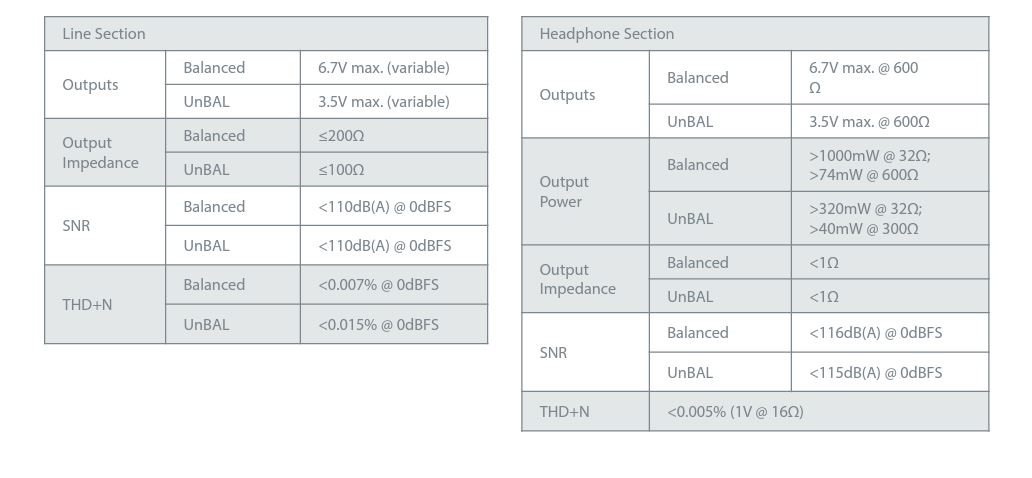

















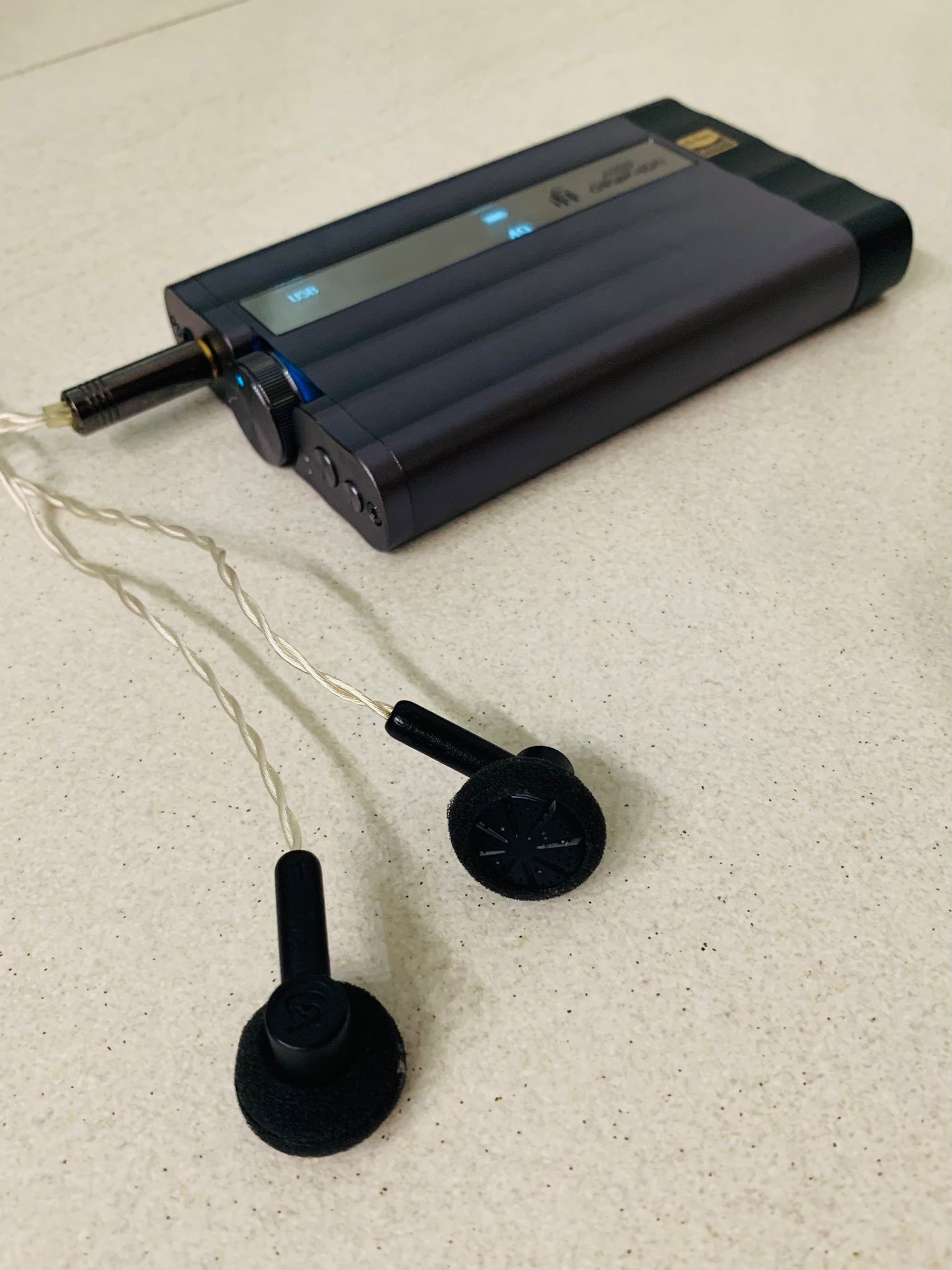

















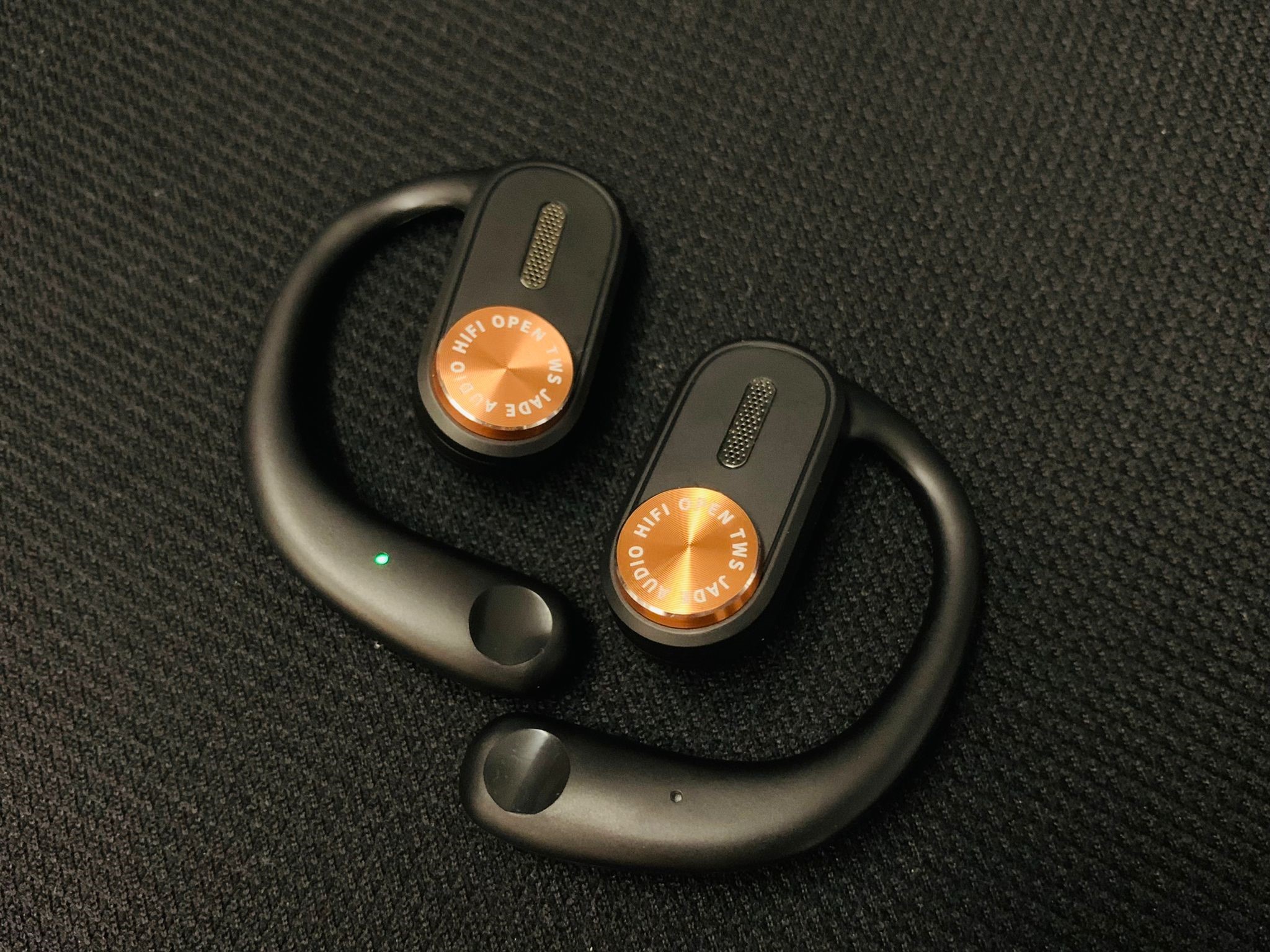

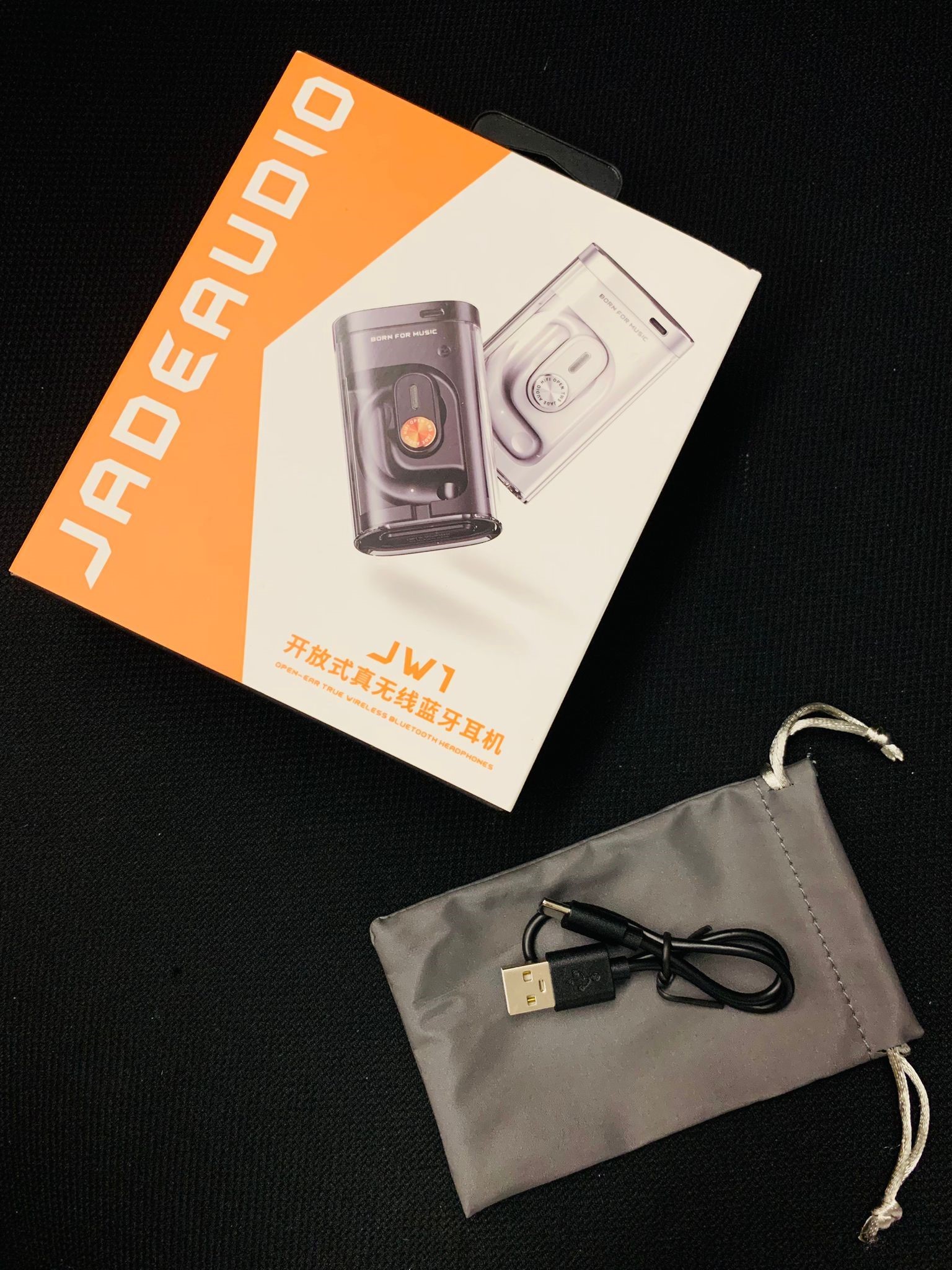
























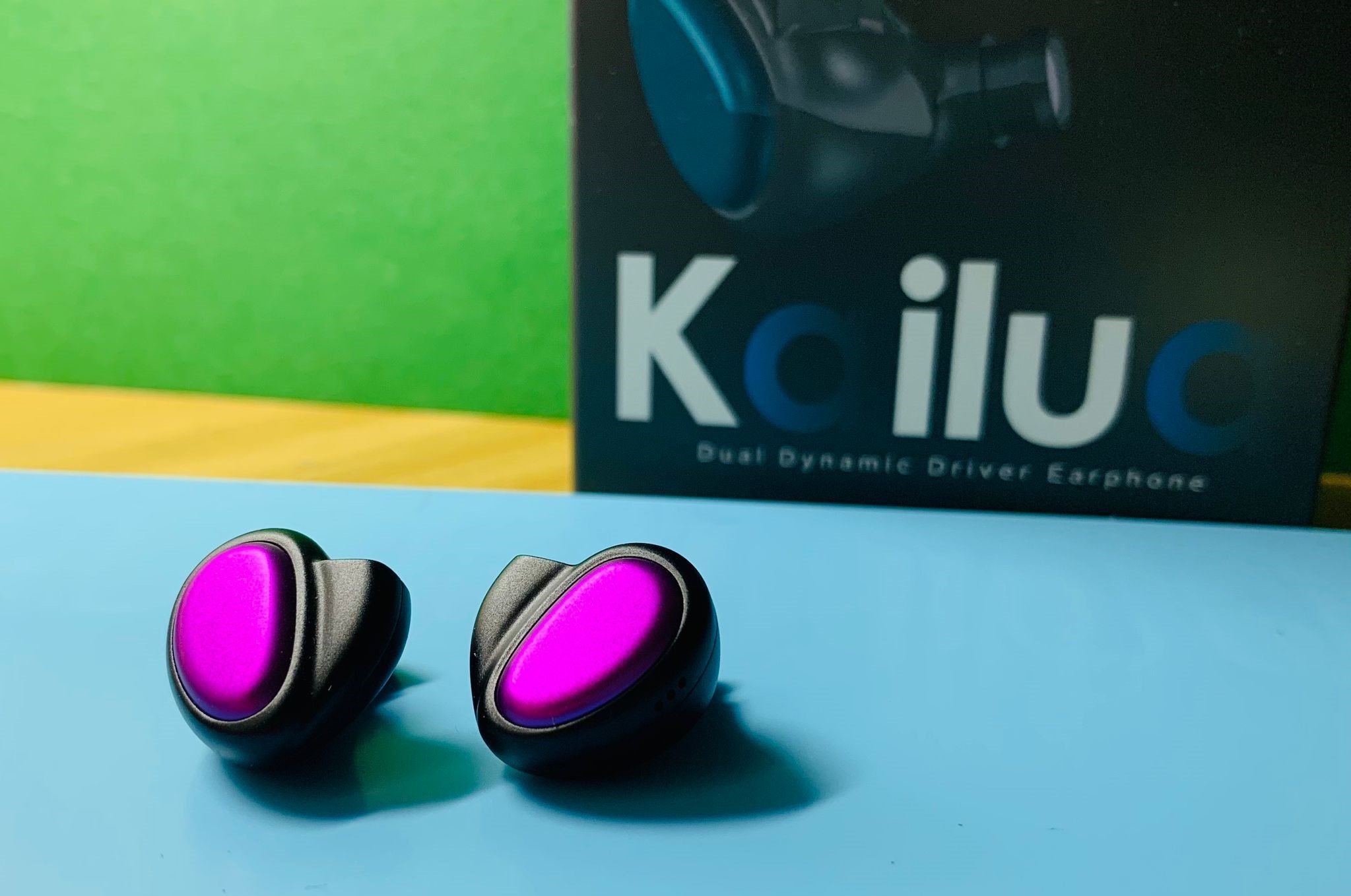








































































































Even stuff like the I/O Volare and Moondrop Variations around $500ish are better technically but with diminishing returns.